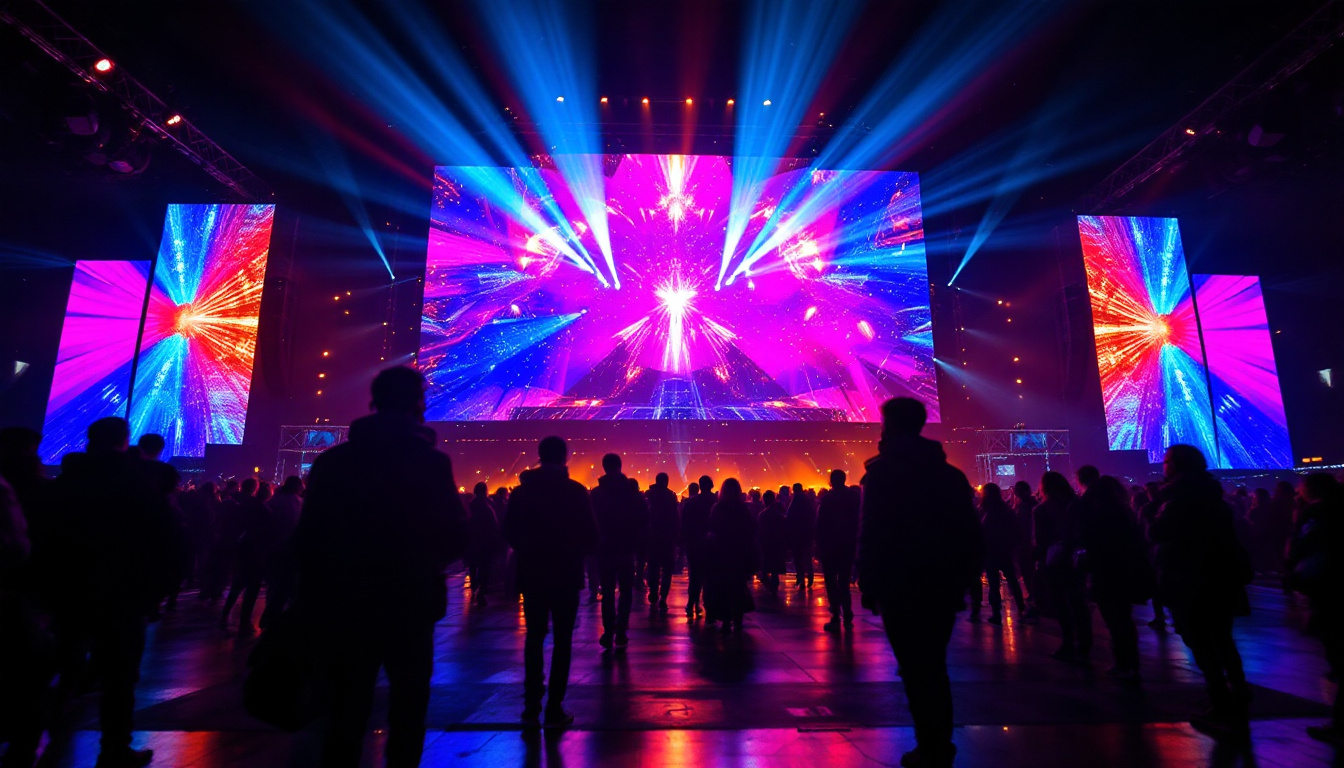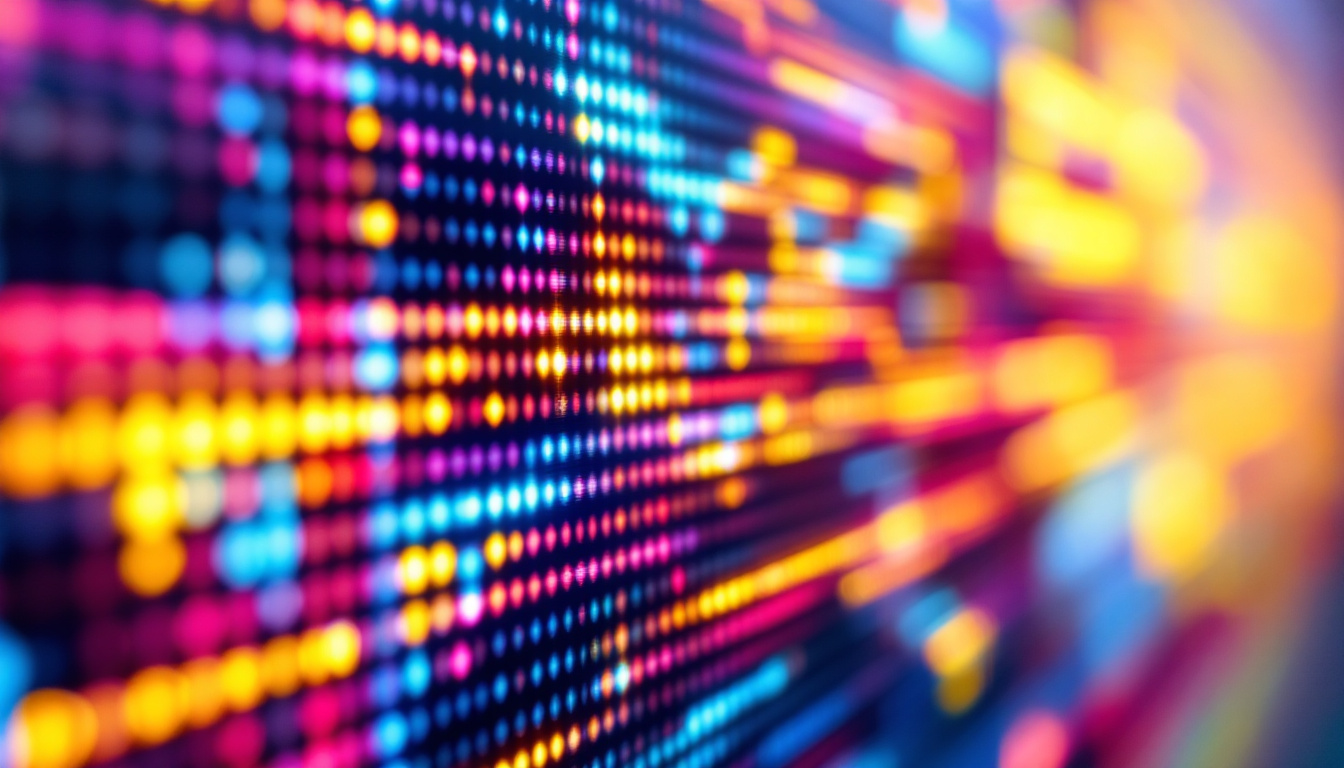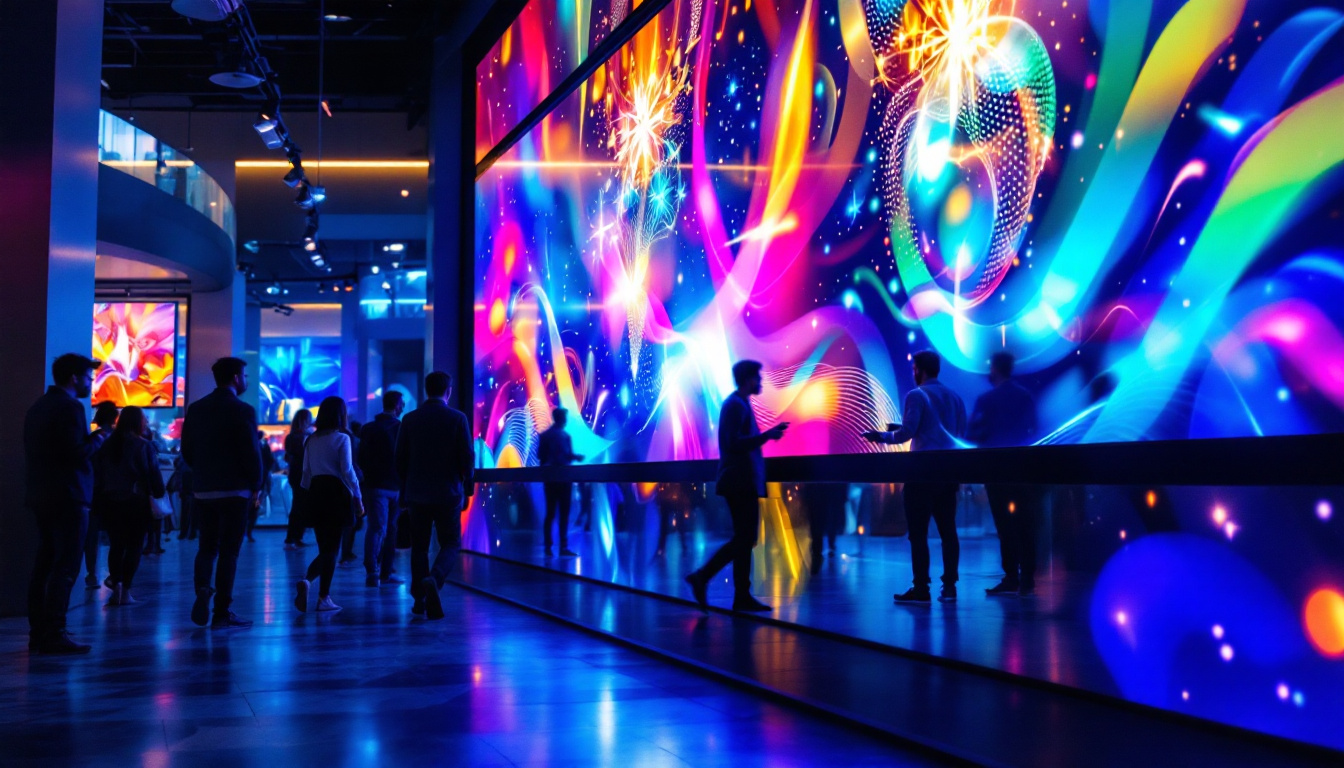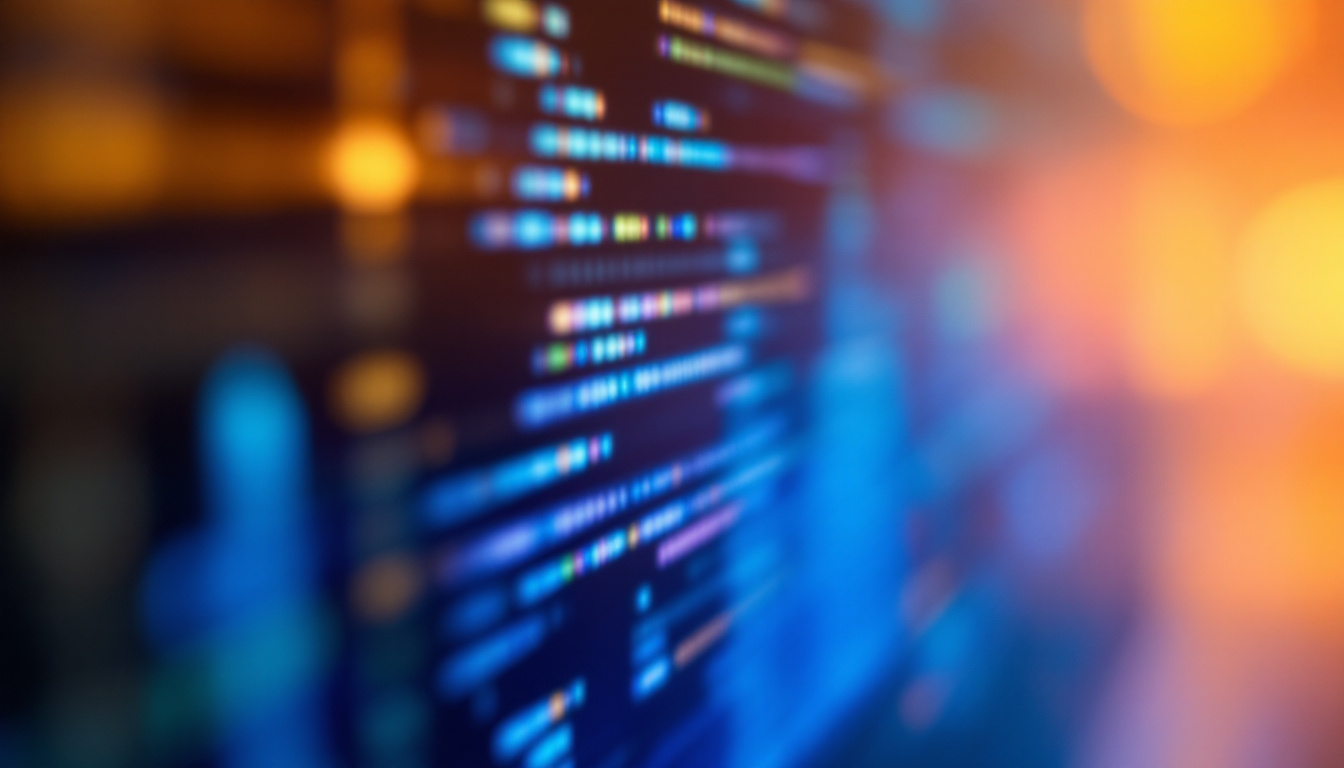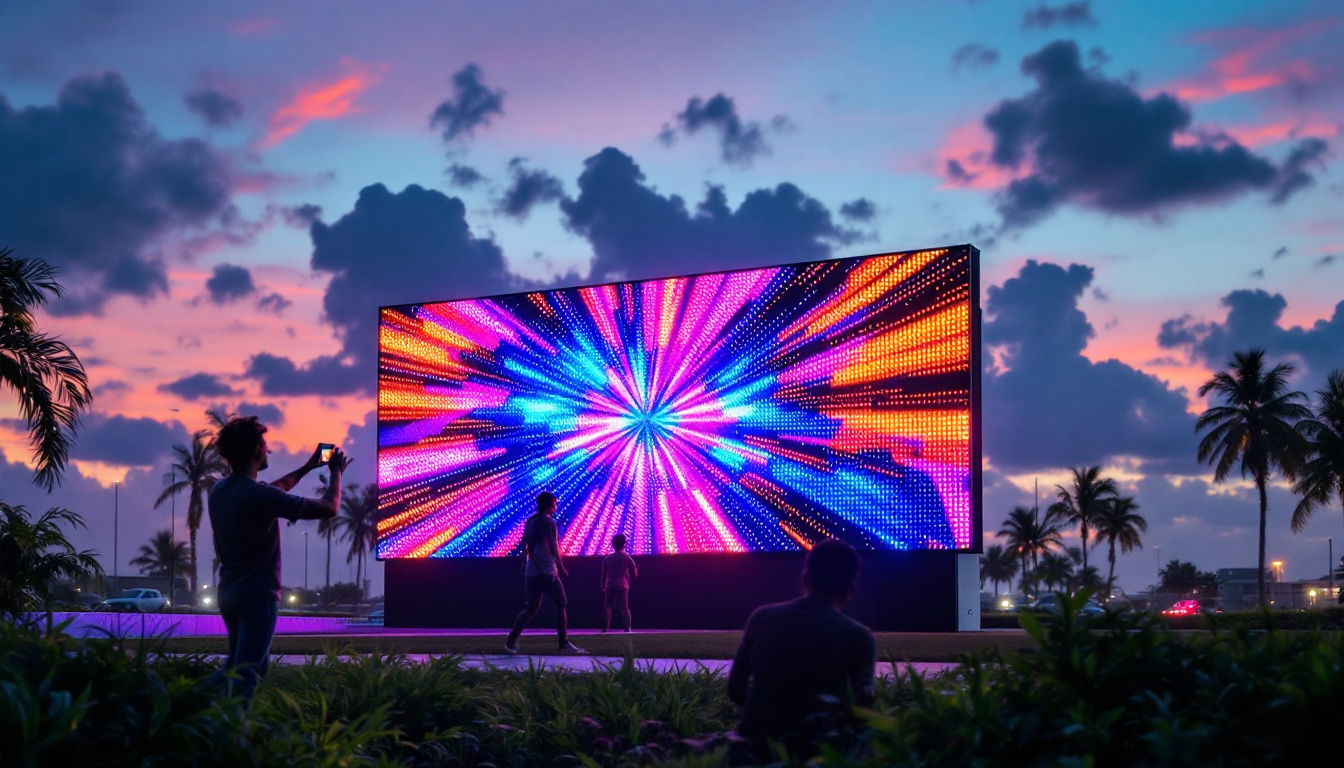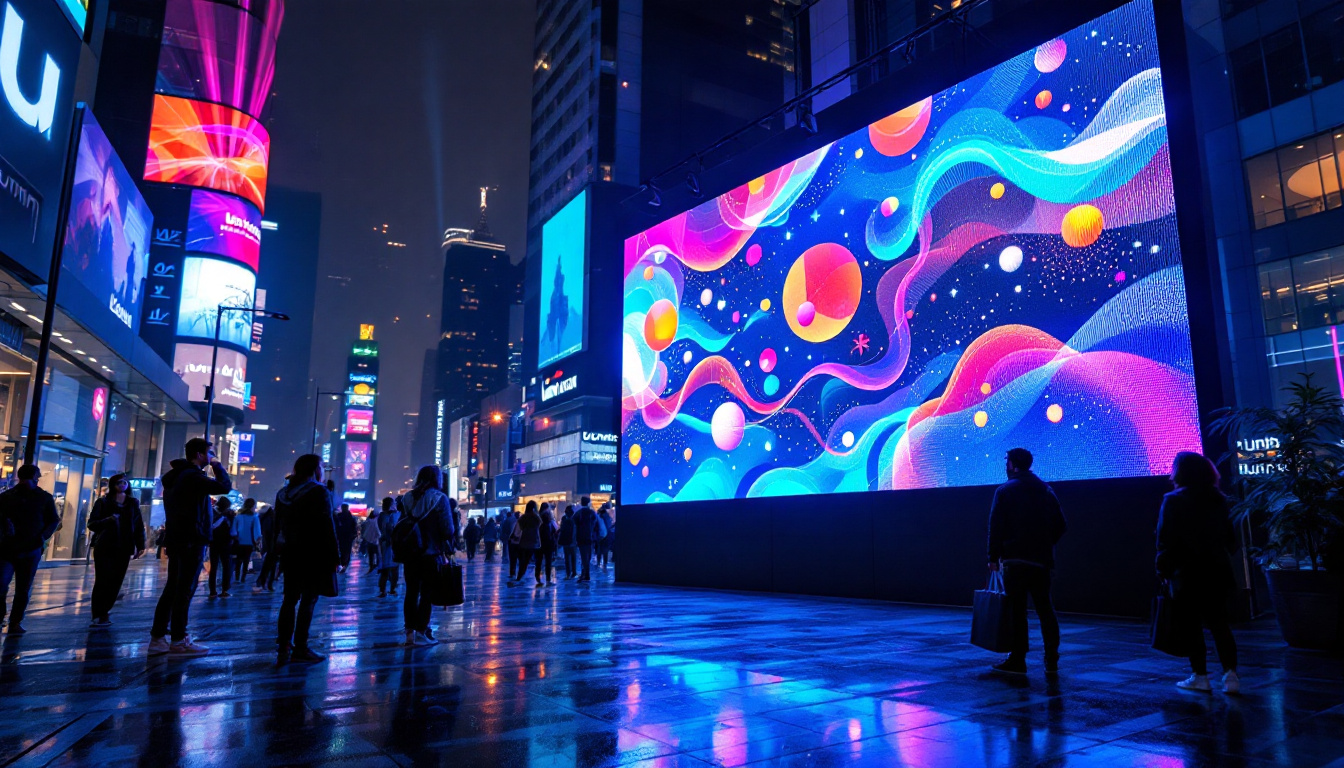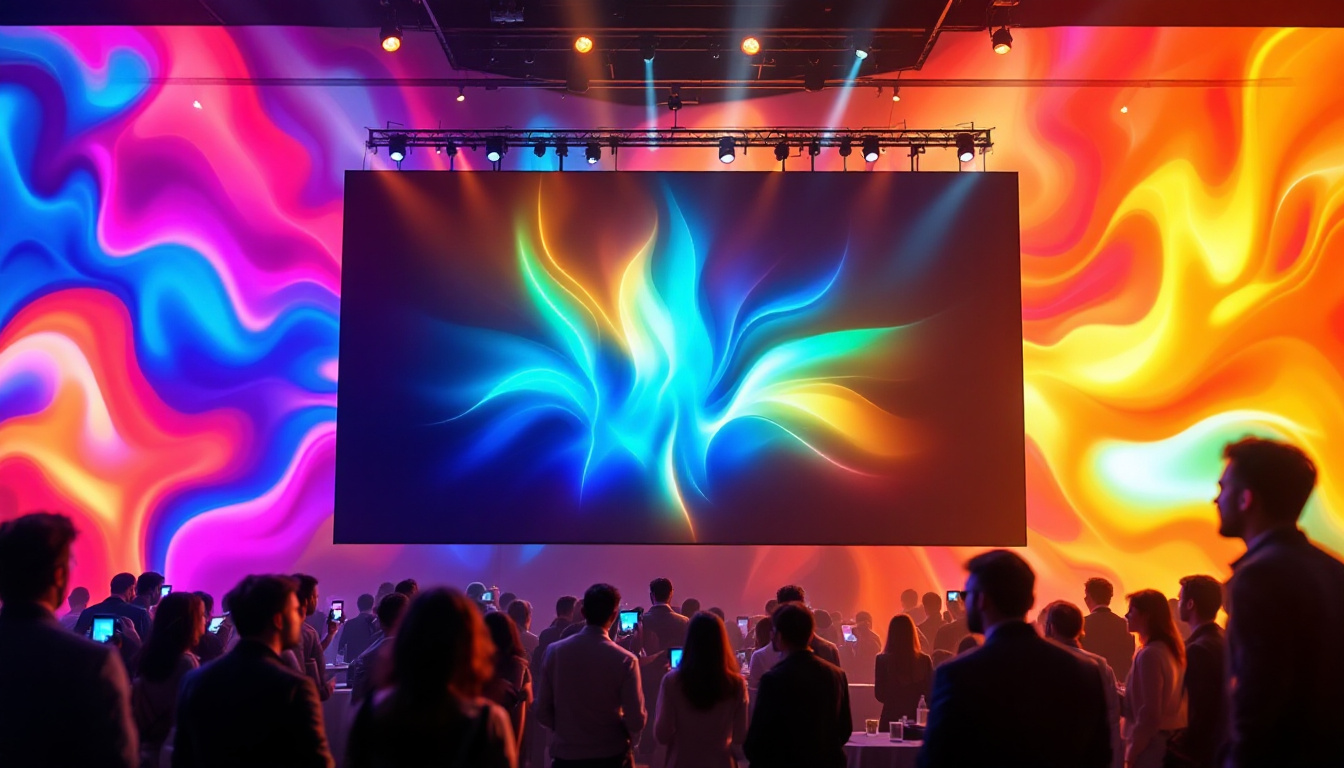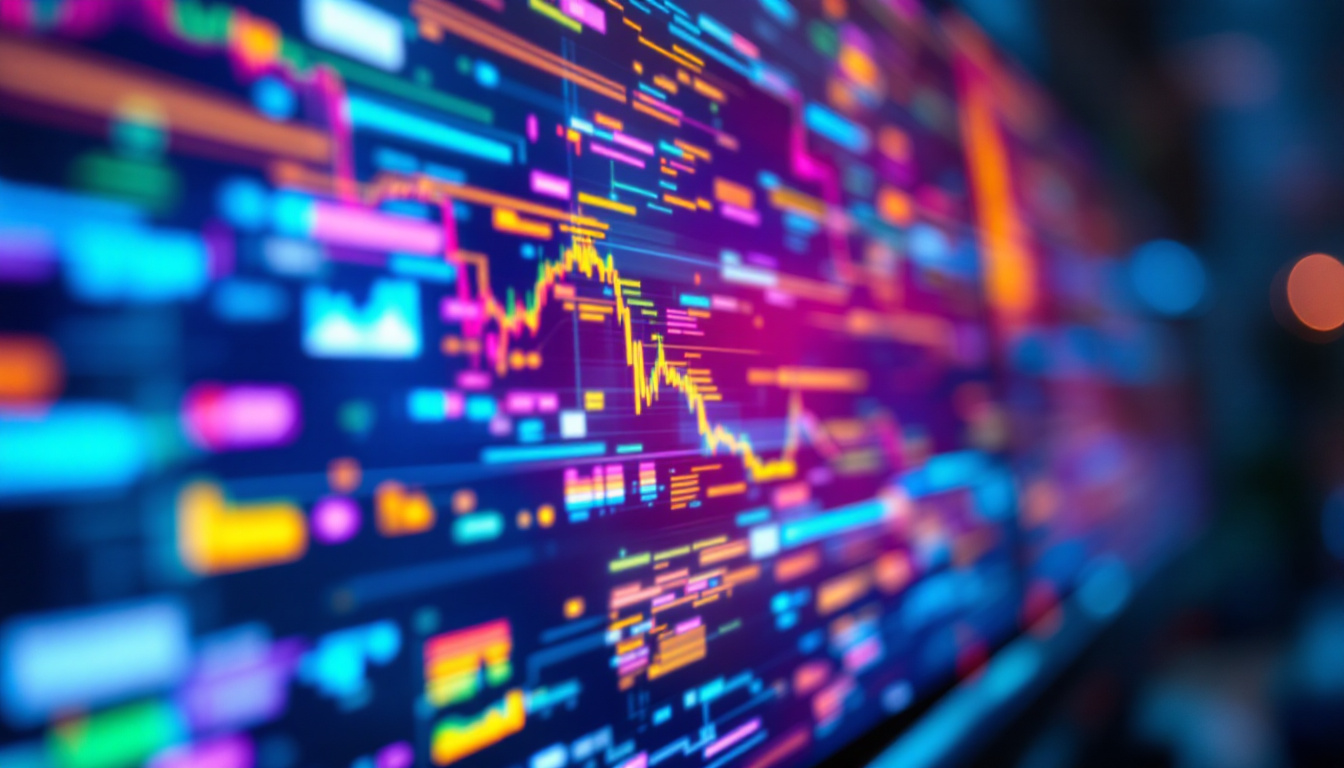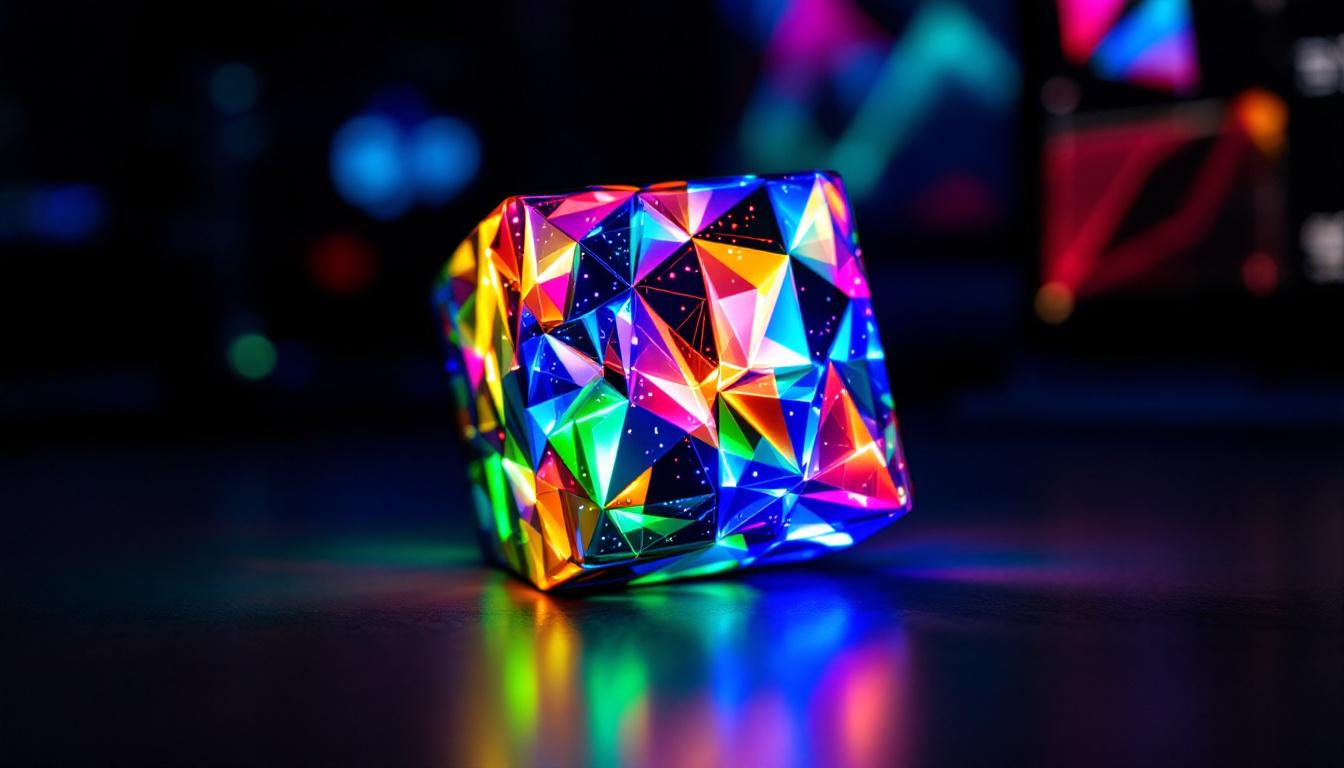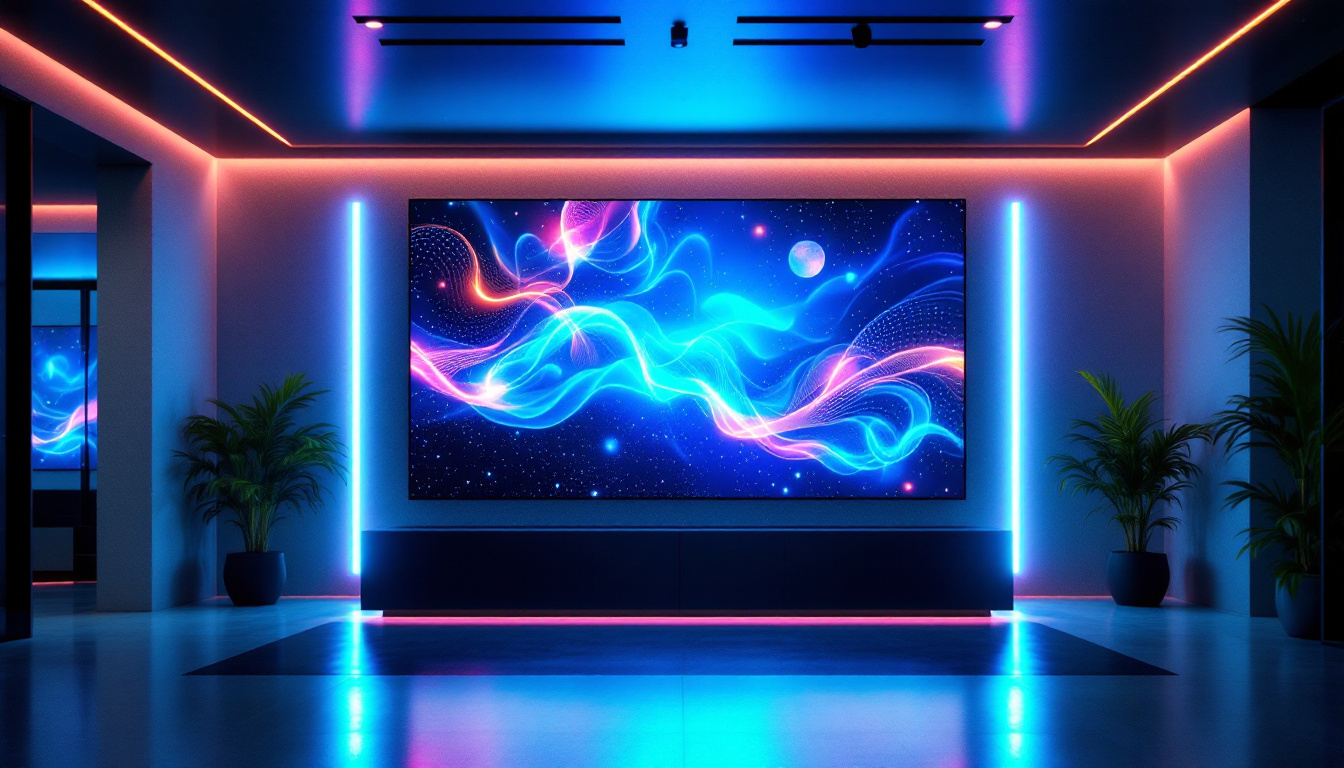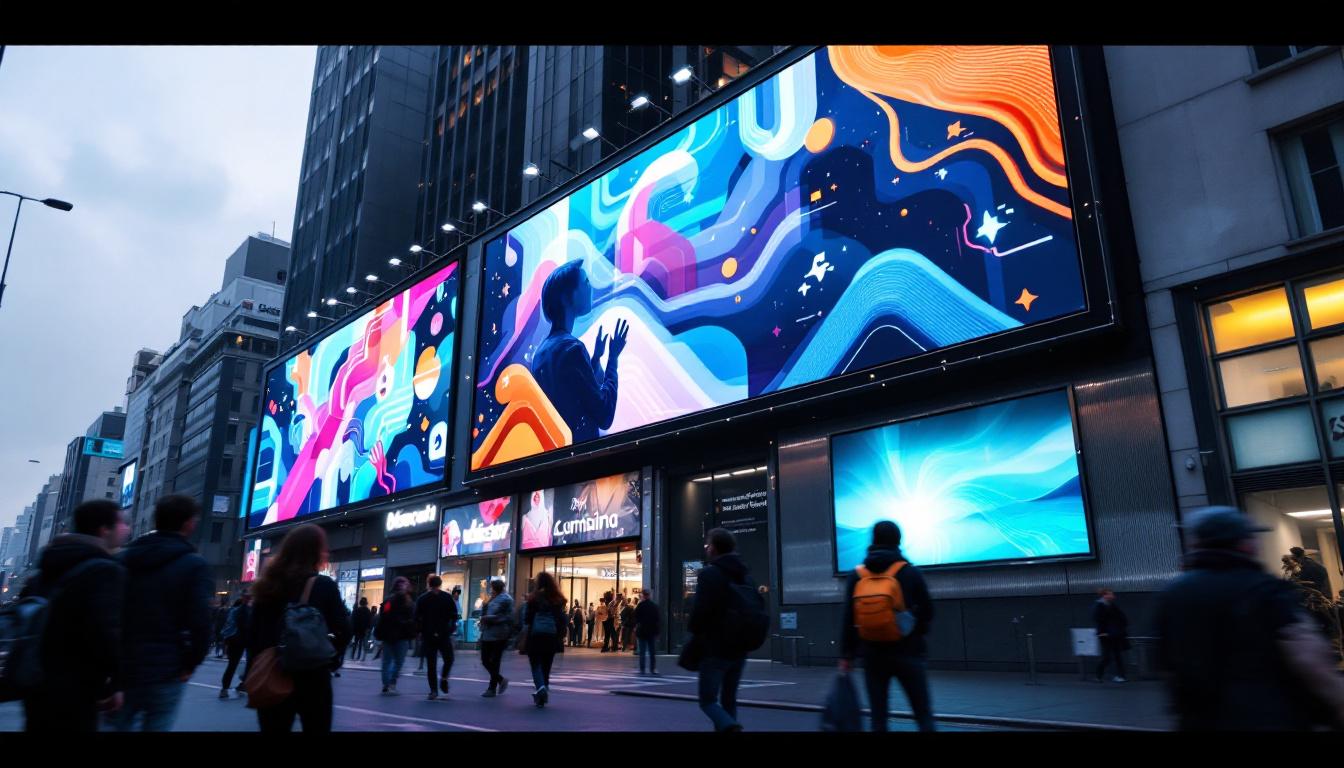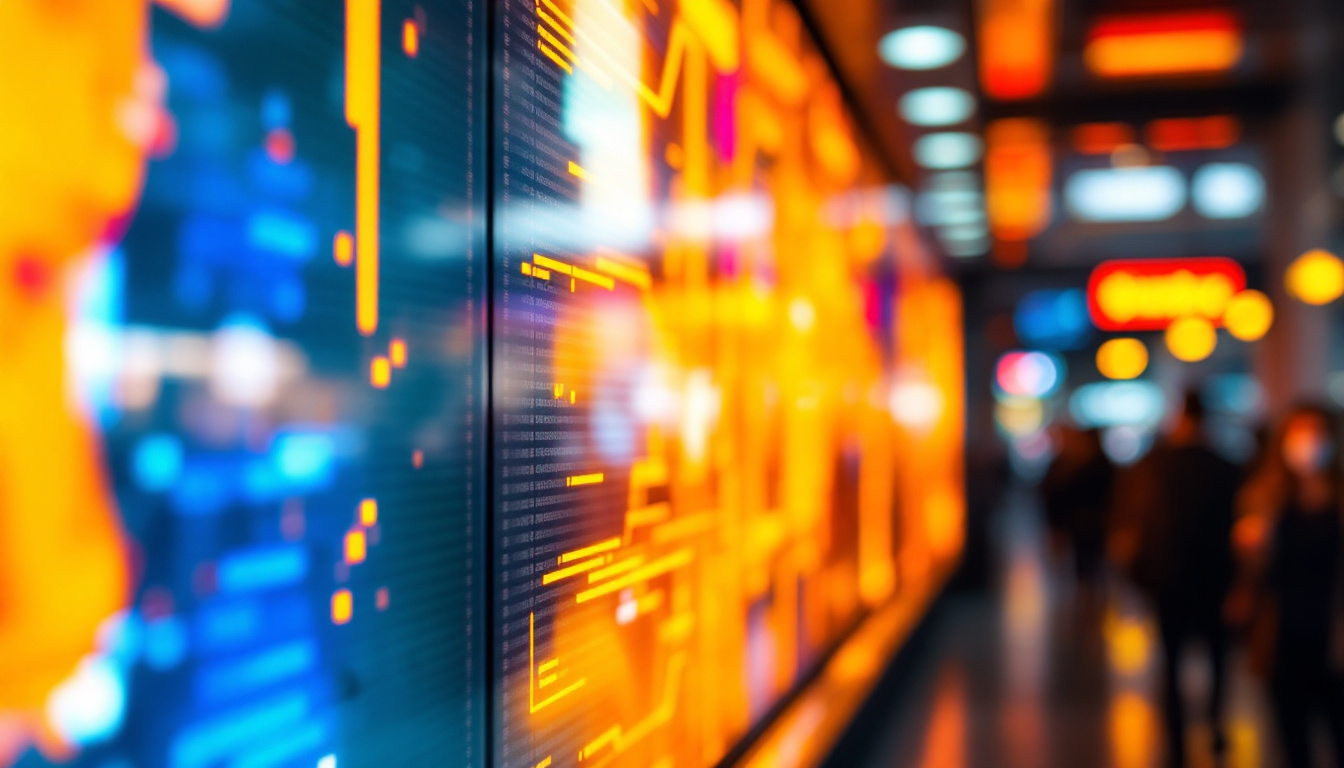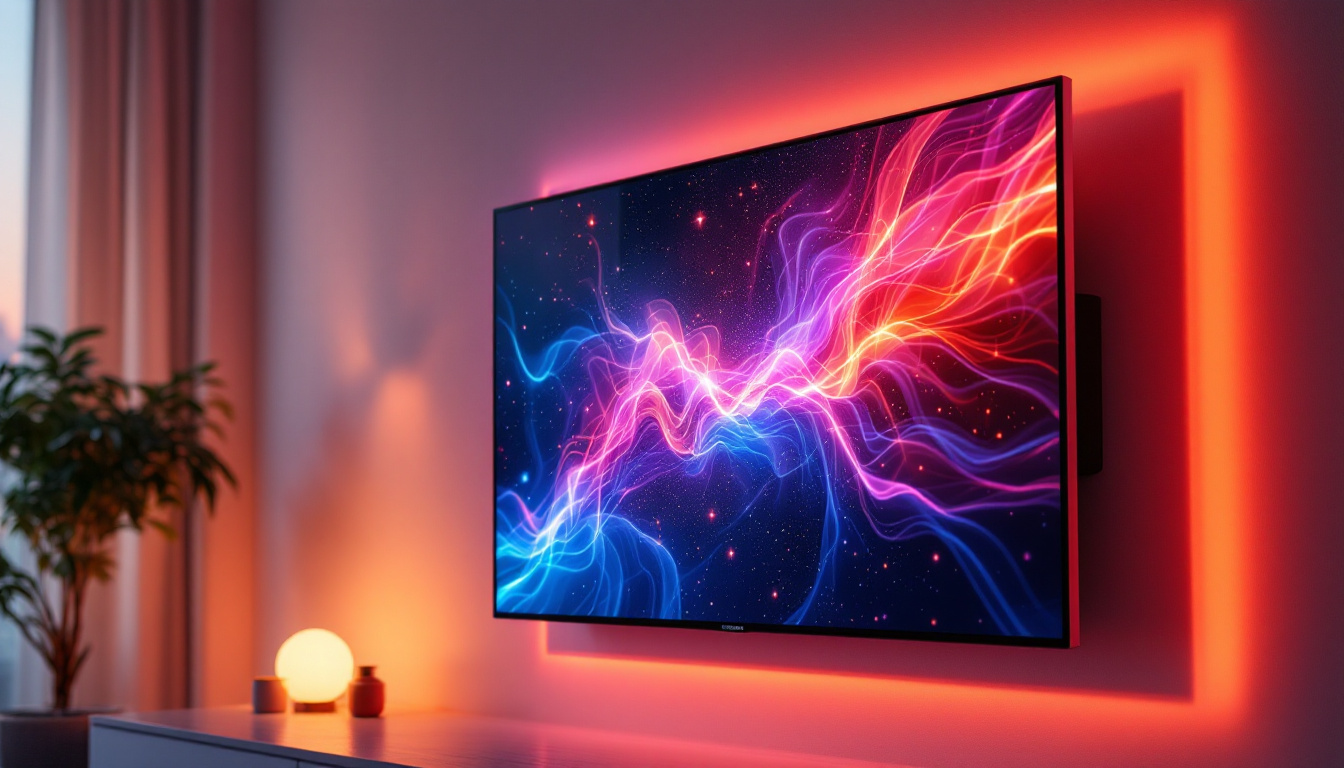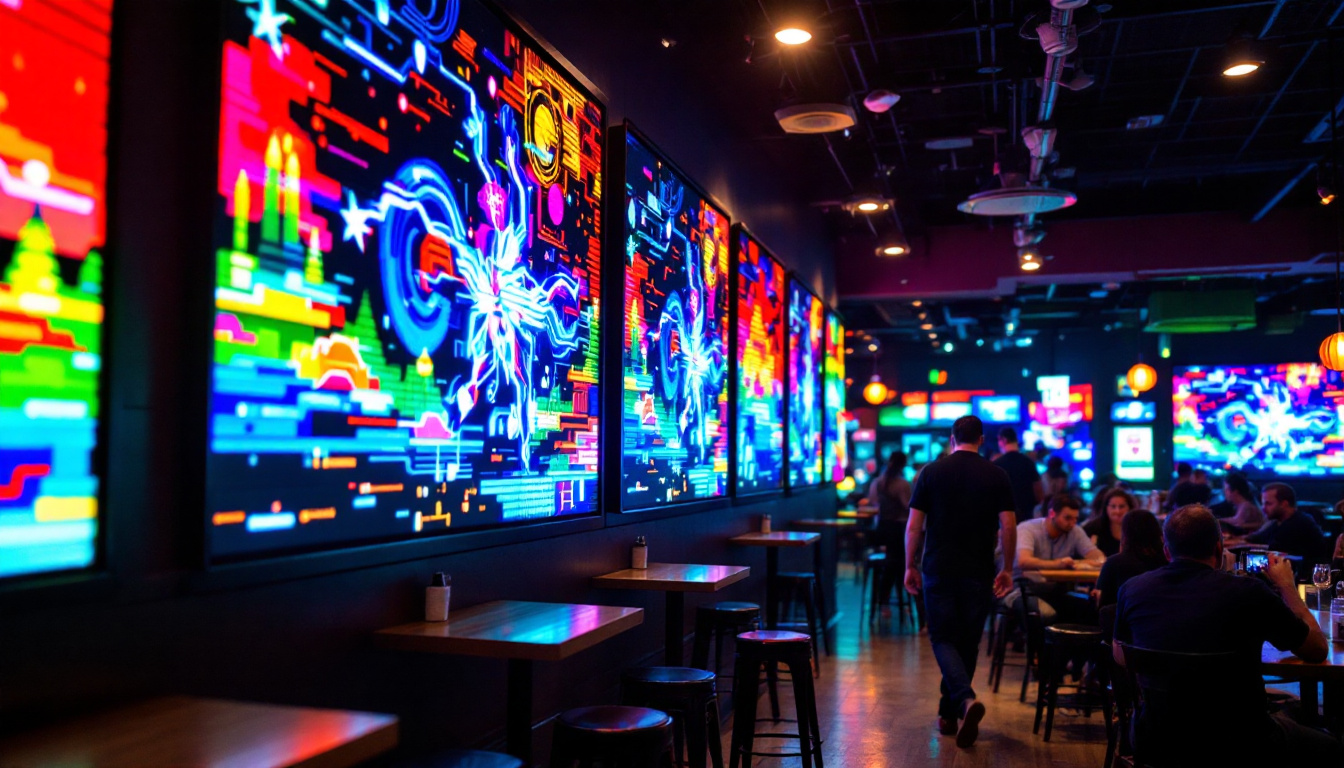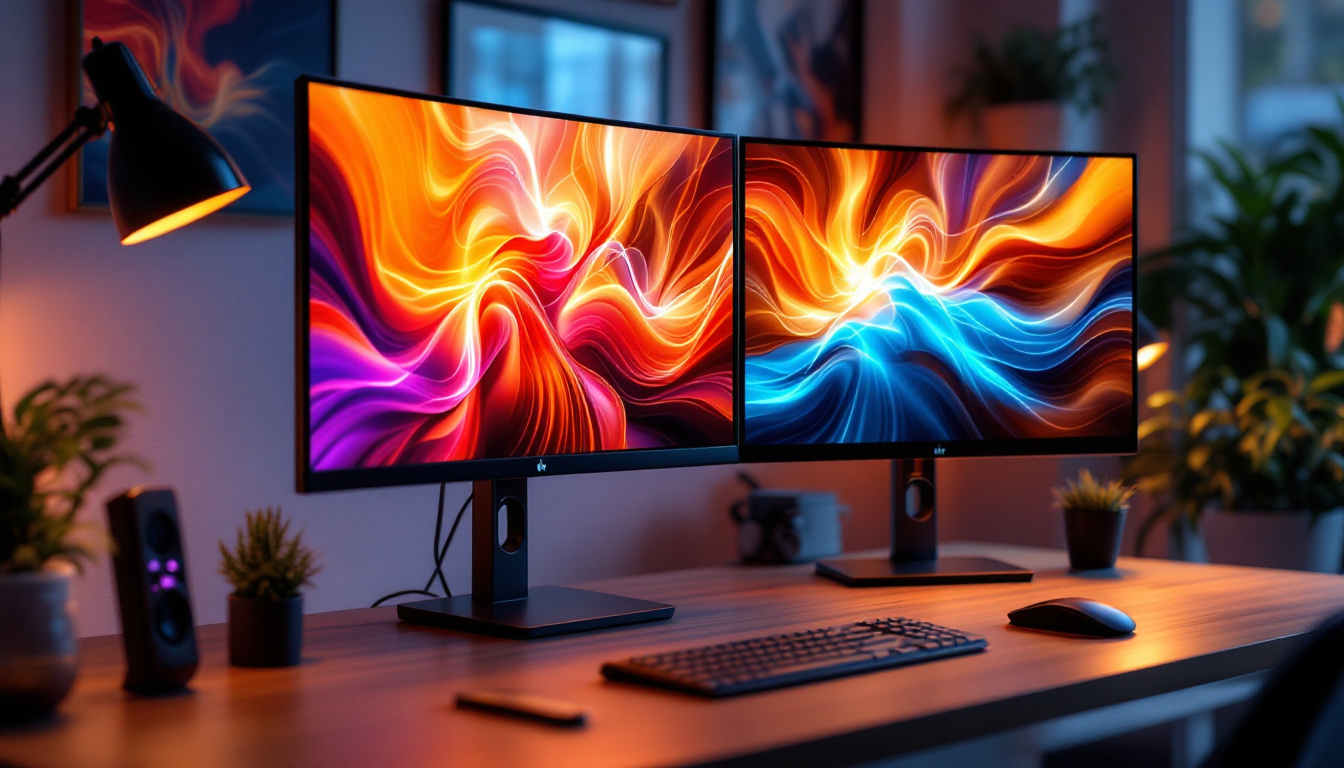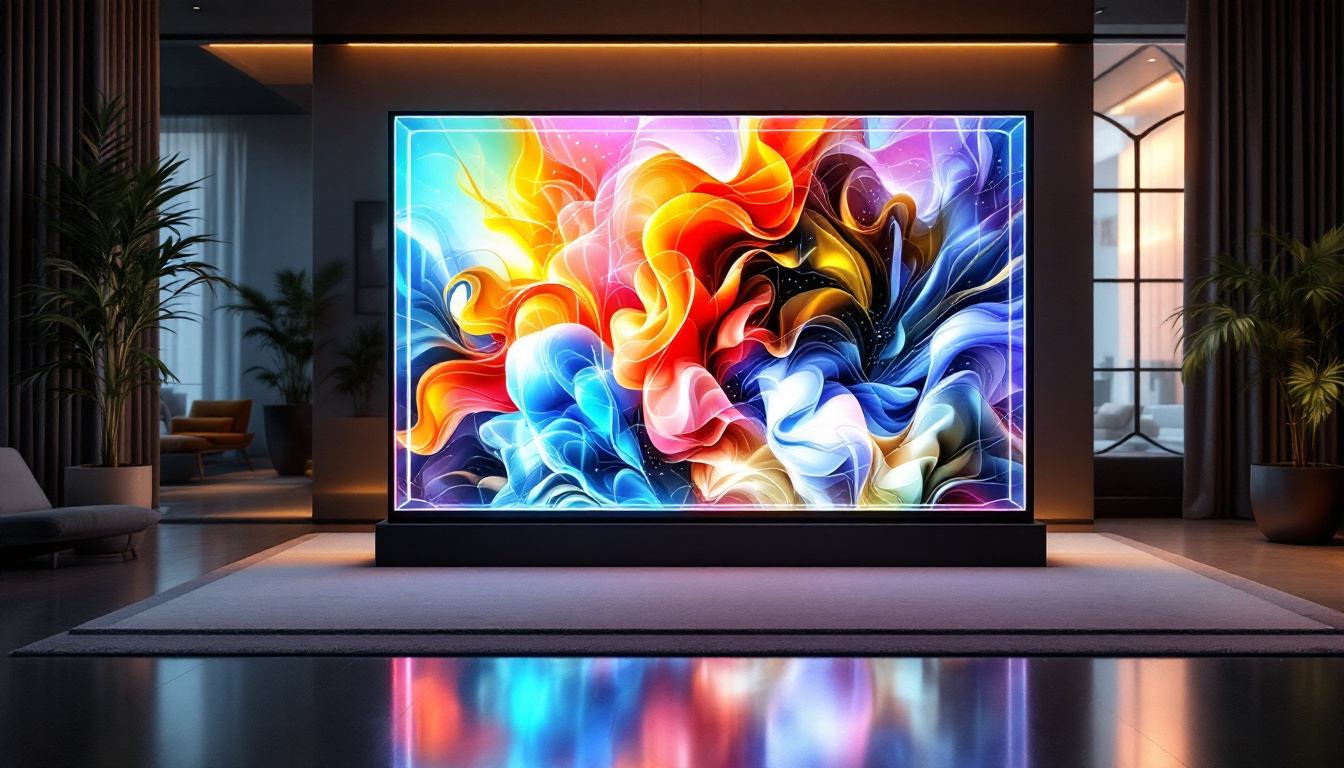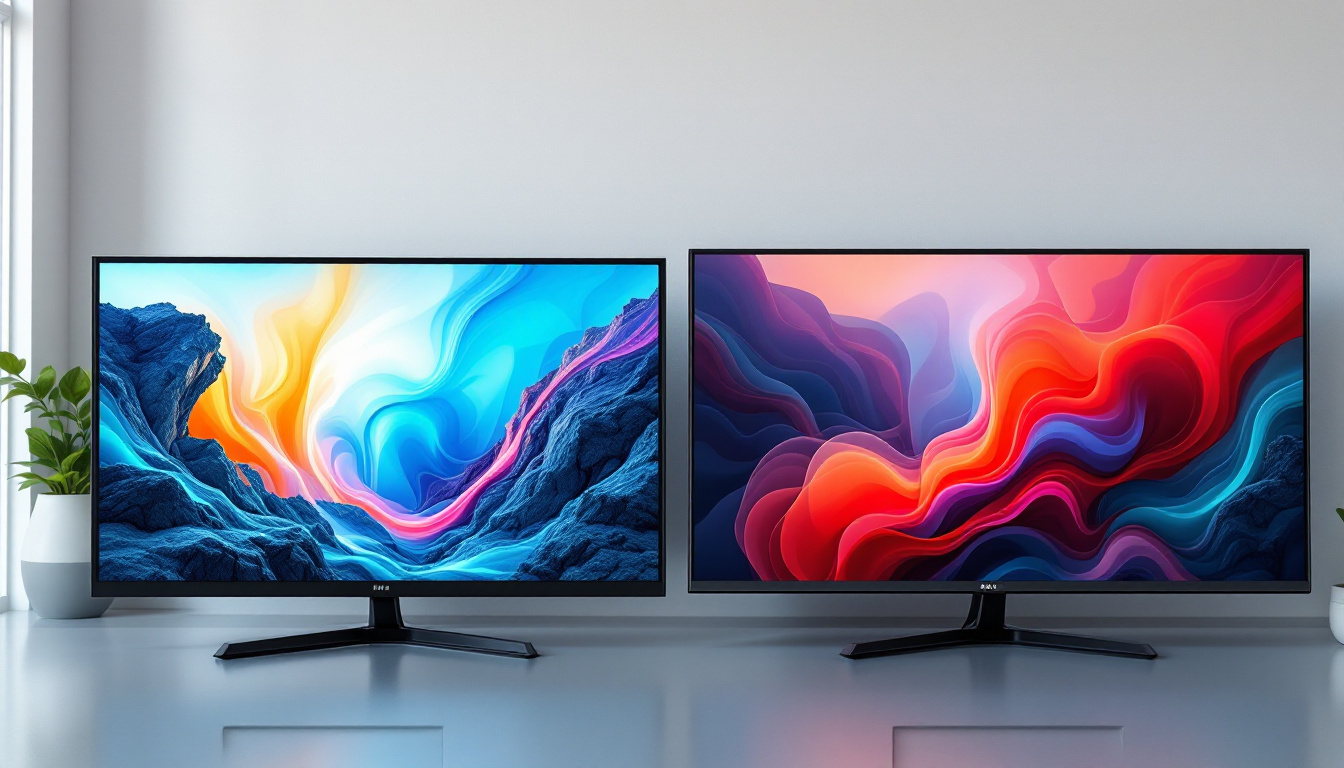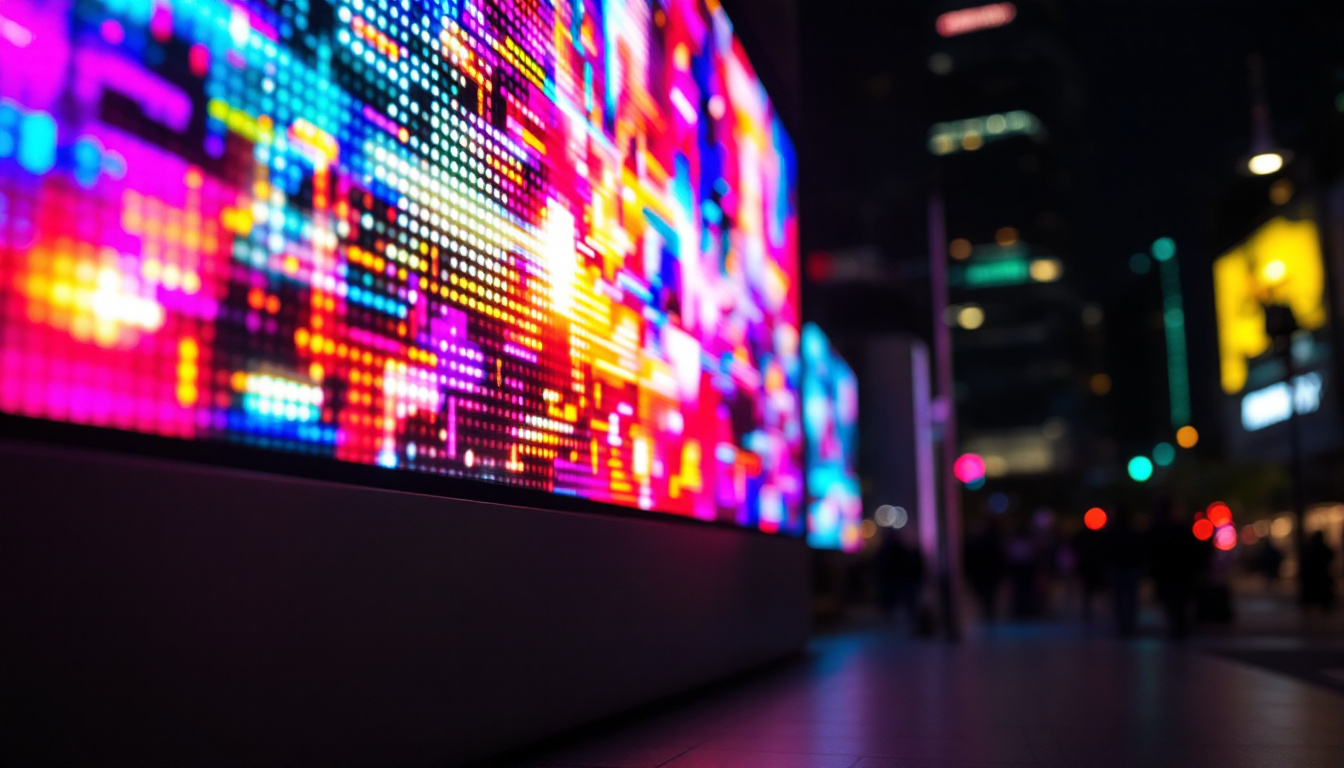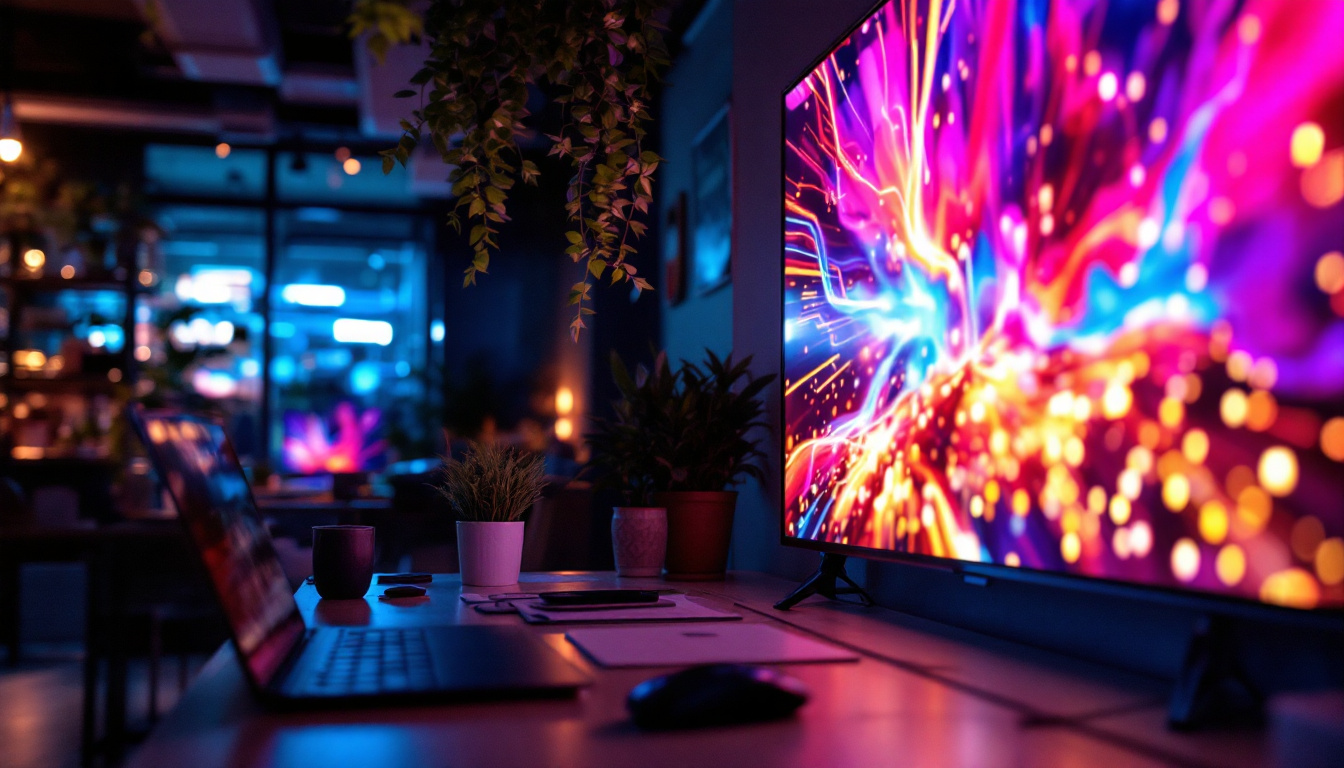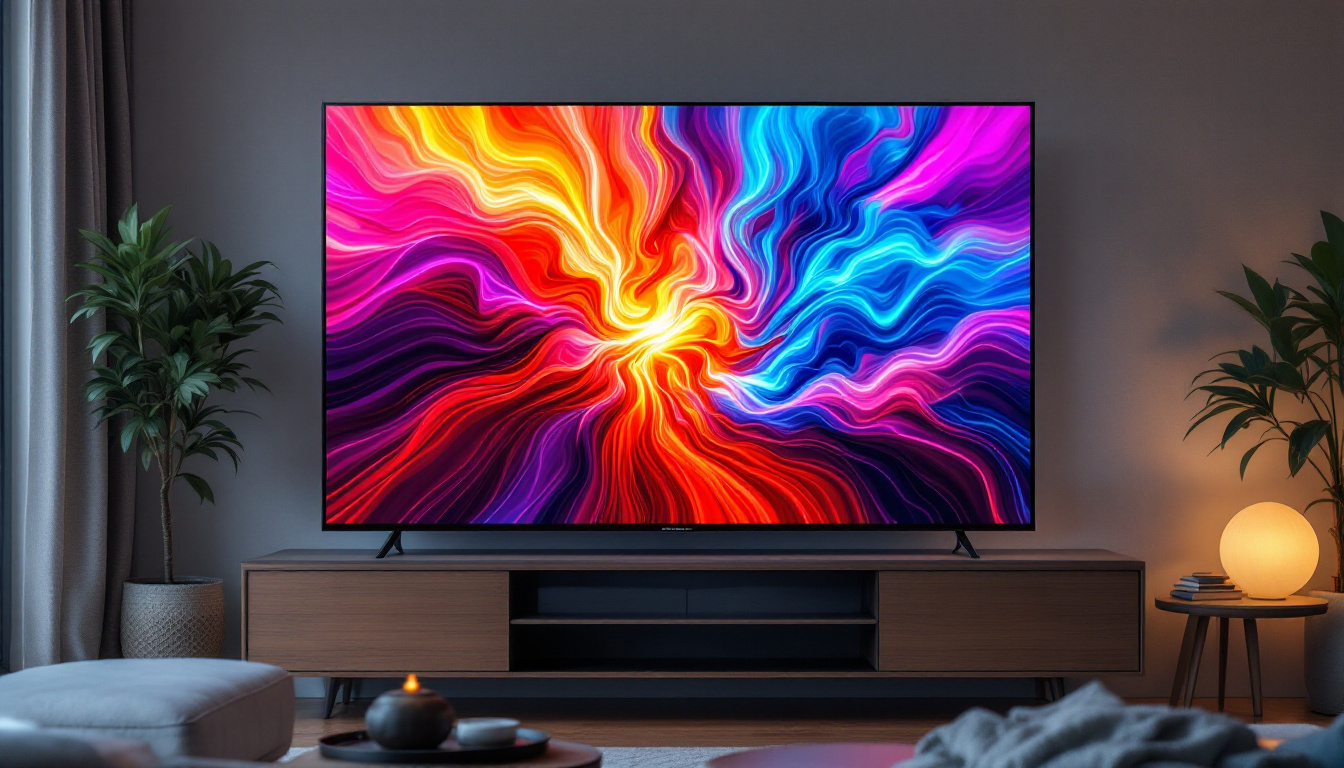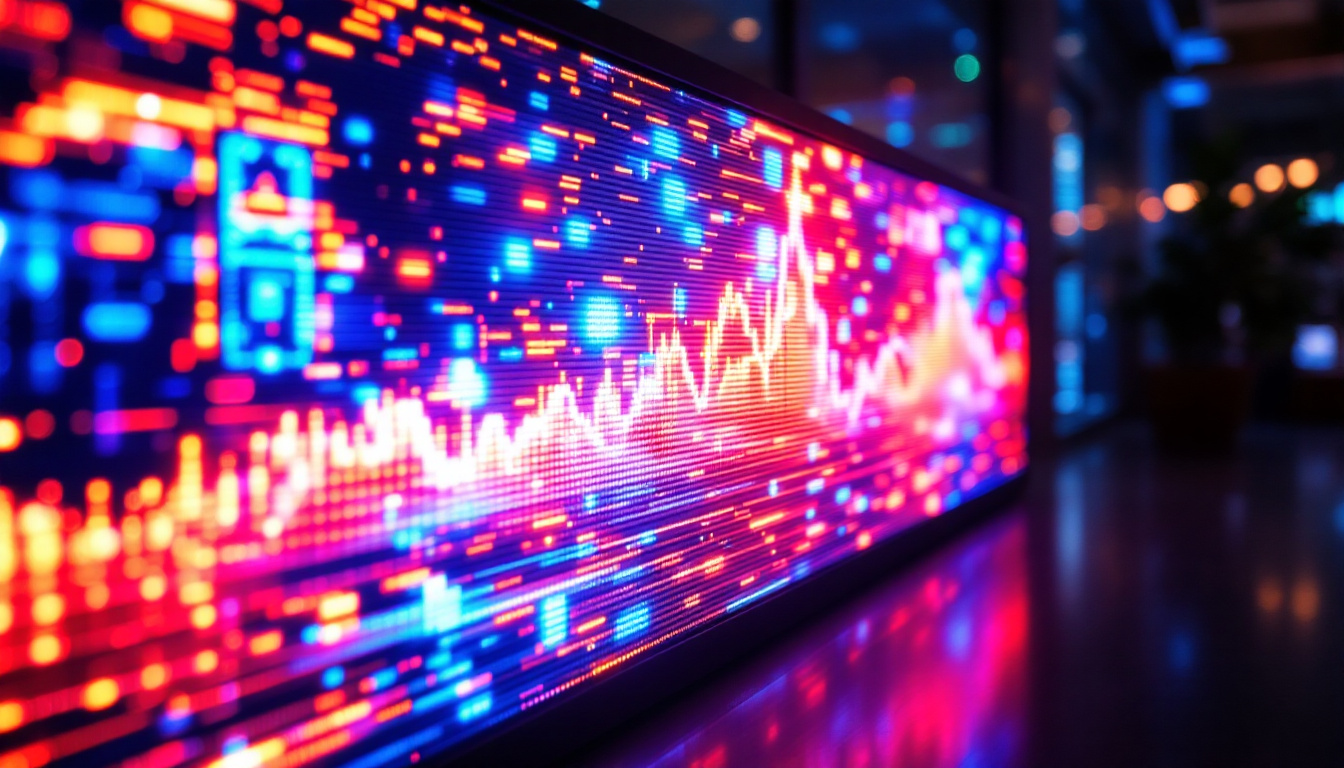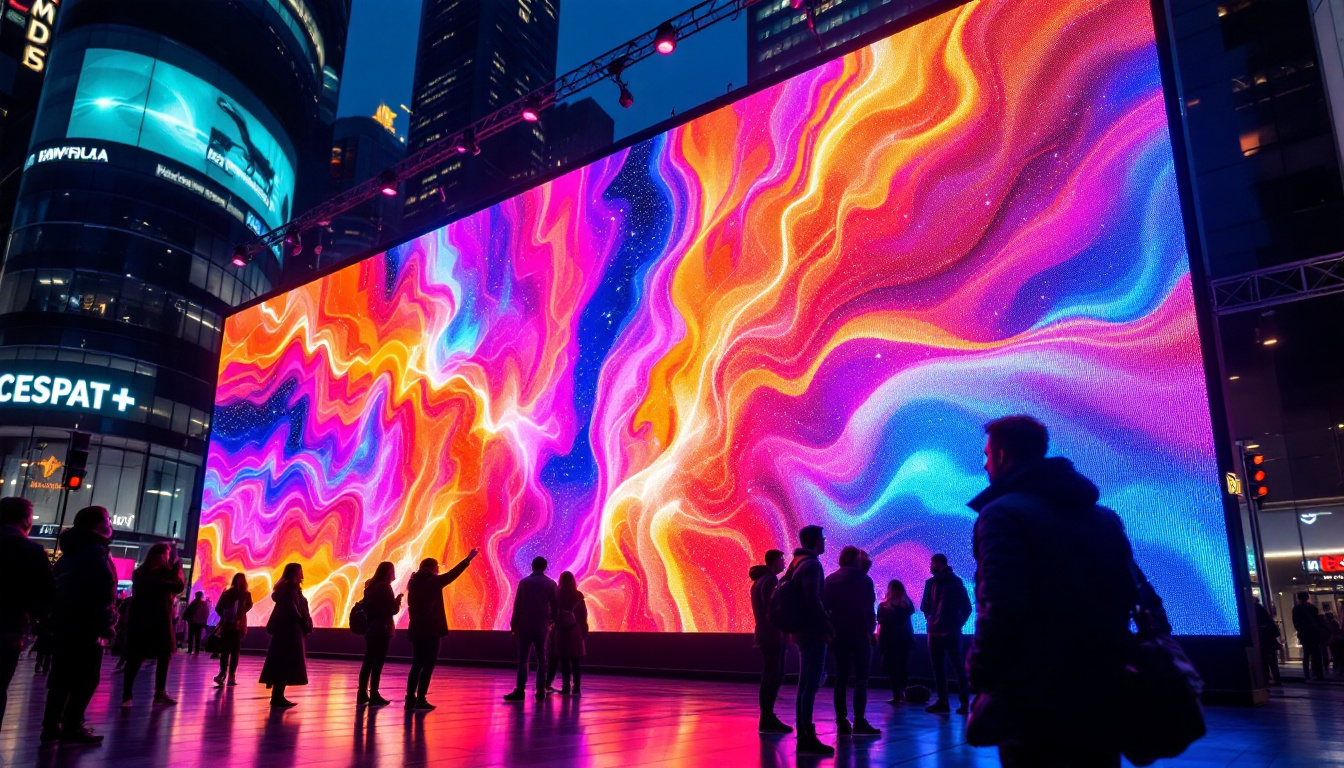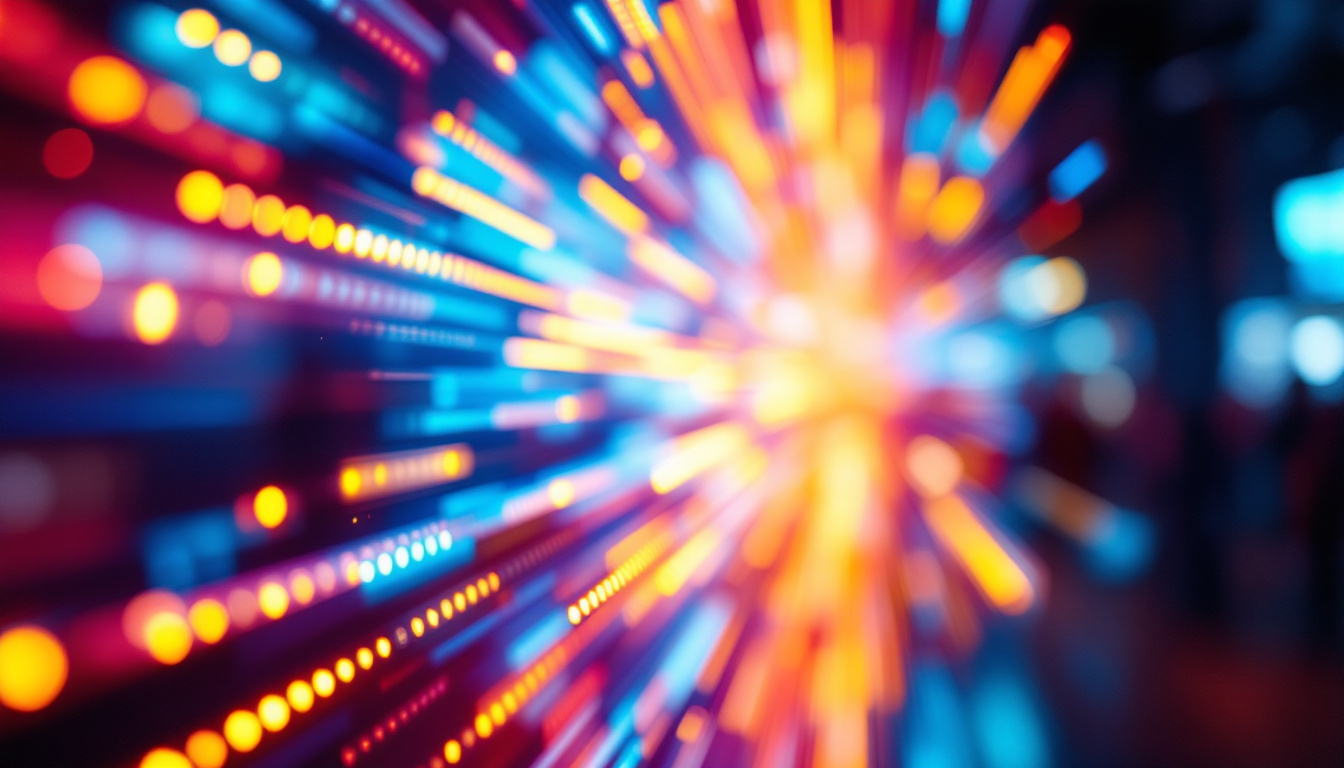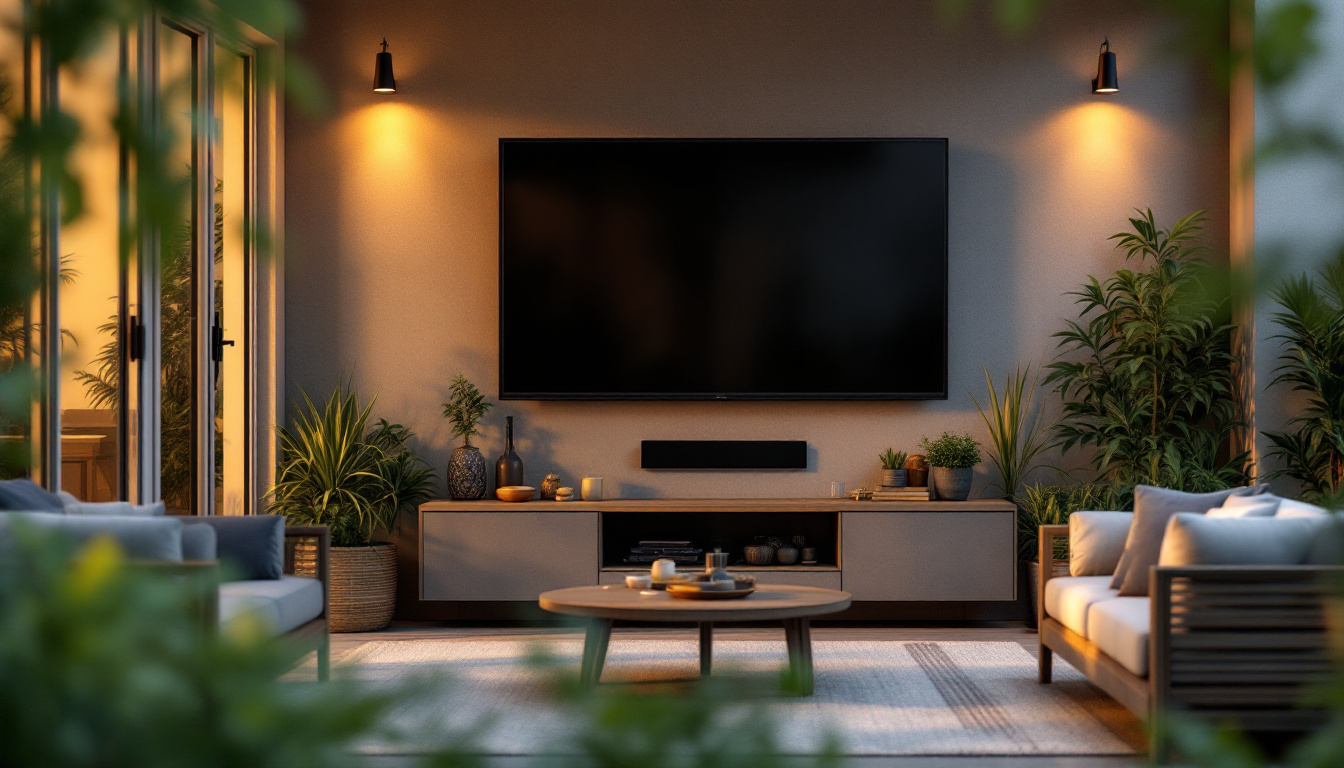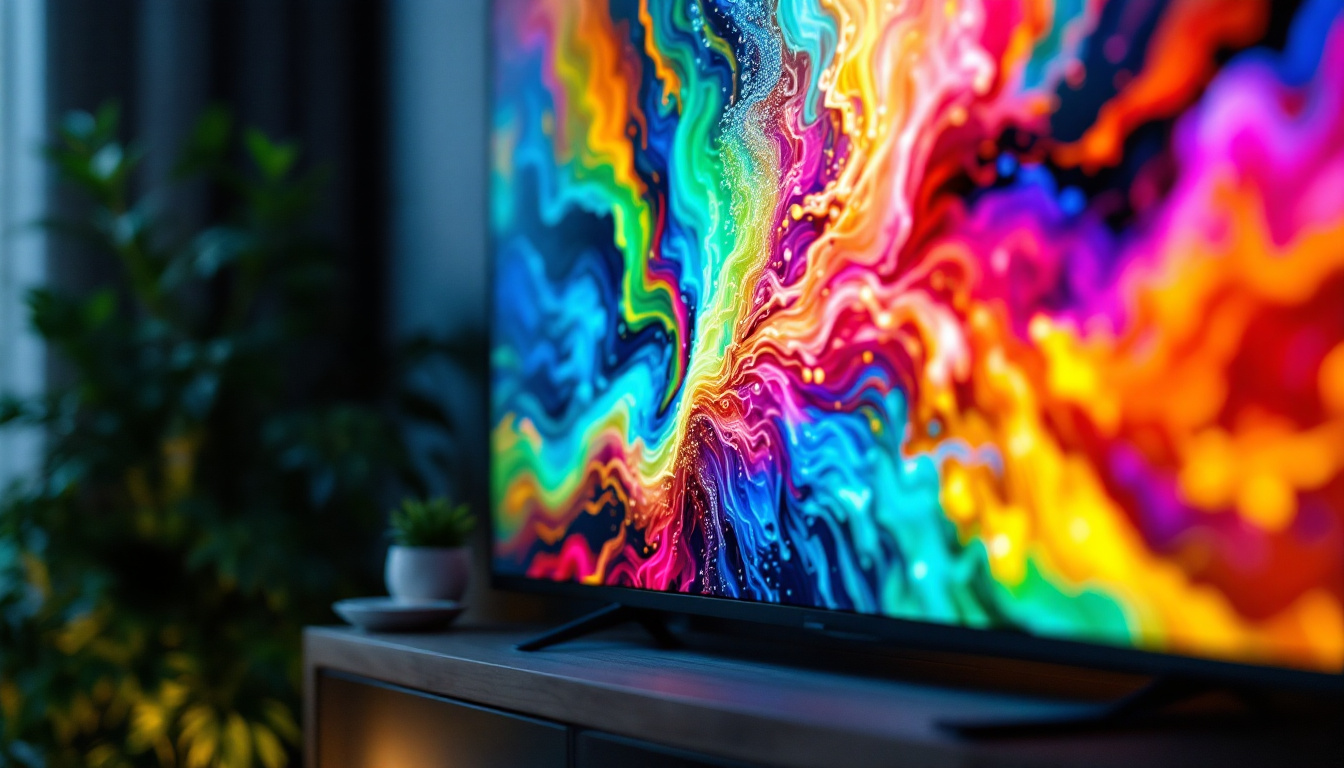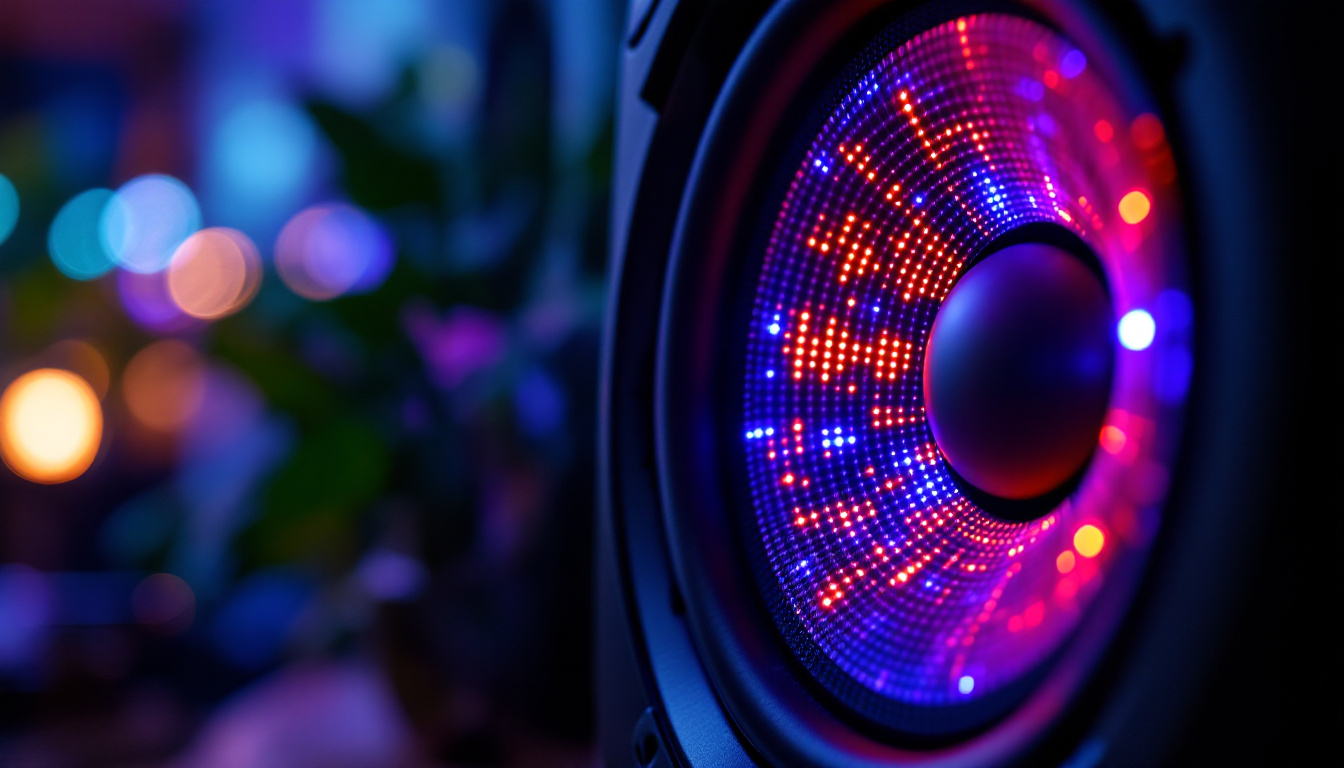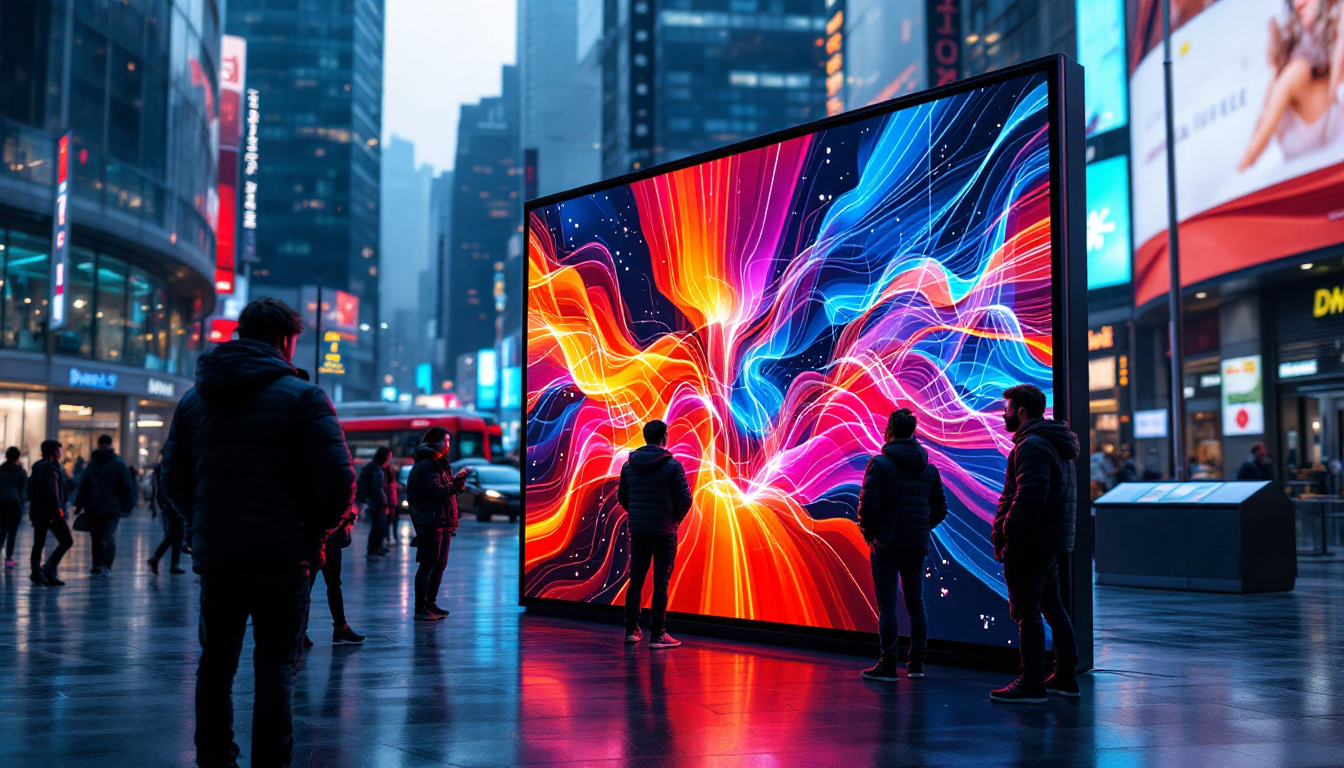Light Emitting Diodes (LEDs) have transformed the way we perceive and interact with light in our daily lives. From simple indicator lights to complex digital displays, LEDs are ubiquitous in modern technology. This article delves into the definition of LED lights, their functionality, and the various applications of LED displays in different sectors.
Understanding LED Technology
At its core, an LED is a semiconductor device that emits light when an electric current passes through it. The process is known as electroluminescence, where electrons recombine with holes in the semiconductor material, releasing energy in the form of photons. This phenomenon is what gives LEDs their characteristic brightness and efficiency. Unlike traditional light sources, LEDs convert a higher percentage of electrical energy into light rather than heat, making them not only more energy-efficient but also more environmentally friendly.
The Components of an LED
LEDs are composed of several key components that work together to produce light. The primary materials include a semiconductor chip, a lens, and a heat sink. The semiconductor chip is typically made from gallium arsenide or gallium phosphide, which are known for their excellent light-emitting properties. The choice of semiconductor material directly influences the color of the light emitted, as different materials have varying band gaps that determine the energy and wavelength of the photons produced.
The lens serves to focus and direct the emitted light, enhancing the brightness and visibility of the LED. It can be made from various materials, including polycarbonate or glass, and can be designed in different shapes to achieve specific lighting effects. Meanwhile, the heat sink is crucial for dissipating heat generated during operation, ensuring the longevity and performance of the LED. Without an effective heat management system, the lifespan of an LED can be significantly reduced. Together, these components create a highly efficient lighting solution that outperforms traditional incandescent bulbs, often lasting up to 25 times longer.
Types of LEDs
LEDs come in various types, each designed for specific applications. Some of the most common types include:
- Standard LEDs: These are typically used for indicator lights and simple displays, often found in household appliances and electronic devices.
- High-Power LEDs: Designed for applications requiring significant brightness, such as street lighting and automotive headlights, these LEDs can produce a substantial amount of light while maintaining energy efficiency.
- RGB LEDs: Capable of producing a wide spectrum of colors by combining red, green, and blue light, commonly used in decorative lighting and displays. These versatile LEDs can create dynamic lighting effects, making them popular in entertainment venues and architectural lighting.
In addition to these types, there are also specialized LEDs such as ultraviolet (UV) LEDs used for sterilization and curing processes, and organic LEDs (OLEDs) which are used in displays for televisions and smartphones. The versatility of LED technology continues to expand, leading to innovative applications in various fields, from horticulture lighting that enhances plant growth to smart lighting systems that adapt to user preferences and environmental conditions.
The Advantages of LED Displays
LED displays have gained immense popularity due to their numerous advantages over traditional display technologies. These benefits include energy efficiency, longevity, and versatility, making them an ideal choice for a wide range of applications.
Energy Efficiency
One of the most significant advantages of LED displays is their energy efficiency. Compared to traditional incandescent or fluorescent lights, LEDs consume significantly less power, which translates to lower electricity bills. This efficiency is particularly beneficial for large-scale installations, such as billboards and digital signage, where energy costs can accumulate rapidly. Moreover, the reduced energy consumption of LED displays contributes to a smaller carbon footprint, making them an environmentally friendly option. As businesses and consumers alike become more conscious of their environmental impact, the shift towards LED technology represents a proactive step towards sustainability.
Longevity and Durability
LEDs boast an impressive lifespan, often exceeding 25,000 hours of use. This longevity reduces the need for frequent replacements, resulting in lower maintenance costs and less waste. Additionally, LEDs are more durable than traditional bulbs, as they are less prone to breakage and can withstand harsh environmental conditions. This resilience makes them suitable for outdoor applications, where exposure to weather elements can be a significant concern. Furthermore, the solid-state construction of LEDs means they are less susceptible to shock and vibration, making them ideal for dynamic environments like concert venues or busy public spaces.
Versatility in Applications
LED displays are incredibly versatile, finding applications in various sectors. From advertising and entertainment to transportation and healthcare, the adaptability of LED technology allows for innovative solutions tailored to specific needs. For instance, LED screens are commonly used in sports arenas for displaying live scores and replays, while in healthcare, they are utilized for backlighting medical devices. Beyond these applications, LED technology is also revolutionizing the art world, with artists using LED displays to create immersive installations that captivate audiences. Additionally, in the realm of education, LED displays are being integrated into classrooms to enhance learning experiences through interactive and engaging visual content.
Applications of LED Displays
The applications of LED displays are vast and varied, reflecting the technology’s flexibility and effectiveness. Below are some of the most prominent uses of LED displays in different industries.
Advertising and Marketing
In the advertising sector, LED displays have revolutionized the way brands communicate with consumers. Digital billboards and signage can display dynamic content that can be updated in real-time, allowing for targeted marketing strategies. This adaptability not only captures attention but also enhances engagement, making it a preferred choice for businesses looking to maximize their reach.
Entertainment and Events
LED displays are a staple in the entertainment industry, particularly in concerts, festivals, and sporting events. Large LED screens provide audiences with clear visuals, enhancing the overall experience. The ability to display vibrant colors and high-resolution images makes them ideal for showcasing performances, advertisements, and live feeds.
Transportation and Navigation
In the transportation sector, LED displays play a crucial role in providing real-time information to passengers. From electronic bus stop signs to digital train schedules, these displays enhance the efficiency of public transport systems. Additionally, LED traffic signals and road signs improve safety by providing clear and immediate information to drivers.
How LED Displays Work
Understanding how LED displays function can provide insight into their effectiveness and versatility. The technology behind LED displays involves several components working in harmony to deliver high-quality visuals.
Display Technology
LED displays can be categorized into two main types: direct-view and backlit displays. Direct-view LED displays consist of an array of individual LEDs that create images directly, while backlit displays use LEDs to illuminate an LCD panel from behind. Each technology has its unique advantages, depending on the intended use.
Pixel Density and Resolution
The quality of an LED display is often determined by its pixel density and resolution. Pixel density refers to the number of pixels per unit area, while resolution indicates the total number of pixels in the display. Higher pixel density and resolution result in clearer, sharper images, making them essential for applications requiring high visual fidelity.
Challenges and Considerations
Despite the numerous advantages of LED displays, there are challenges and considerations that must be addressed. Understanding these factors is crucial for making informed decisions regarding their implementation.
Initial Costs
While LED displays offer long-term savings due to their energy efficiency and longevity, the initial investment can be significant. Businesses must weigh the upfront costs against potential savings and benefits to determine if LED technology is the right choice for their needs.
Environmental Impact
Although LEDs are more energy-efficient than traditional lighting solutions, the production and disposal of LED displays can have environmental implications. The materials used in LEDs, such as rare earth elements, raise concerns about sustainability. It is essential for manufacturers and consumers to consider eco-friendly practices when producing and disposing of LED technology.
The Future of LED Displays
The future of LED displays looks promising, with ongoing advancements in technology and applications. Innovations such as flexible displays, improved color accuracy, and enhanced interactivity are on the horizon, paving the way for even more versatile uses.
Emerging Technologies
As technology continues to evolve, new developments in LED displays are expected. For instance, MicroLED technology is gaining traction, offering higher brightness levels and better energy efficiency. This advancement could lead to even more compact and powerful display solutions for various applications.
Integration with Smart Technology
With the rise of smart technology and the Internet of Things (IoT), LED displays are becoming increasingly integrated into smart systems. This integration allows for real-time data sharing and enhanced interactivity, enabling users to engage with displays in innovative ways. For example, smart signage can adapt content based on audience demographics or environmental conditions.
Conclusion
LED displays represent a significant advancement in lighting and display technology, offering numerous benefits across various applications. Their energy efficiency, longevity, and versatility make them an ideal choice for businesses and consumers alike. As technology continues to evolve, the future of LED displays promises even more exciting developments, paving the way for enhanced visual experiences in our daily lives.
In summary, understanding the definition of LED lights and the intricacies of LED displays can empower individuals and organizations to make informed decisions about their use. Whether in advertising, entertainment, or transportation, the impact of LED technology is undeniable, shaping the way we interact with light and information in our modern world.
Explore Cutting-Edge LED Displays with LumenMatrix
Ready to elevate your visual experience with the latest in LED display technology? LumenMatrix is at the forefront of innovation, offering a diverse range of LED display solutions tailored to your unique needs. From captivating Indoor LED Wall Displays to dynamic Outdoor LED Wall Displays, and from versatile Vehicle LED Displays to engaging LED Sports Displays, we have everything to transform your space. Discover how our Custom LED Displays and All-in-One LED Display solutions can revolutionize your visual communication. Don’t miss the opportunity to make your message shine. Check out LumenMatrix LED Display Solutions today and see the difference for yourself.

